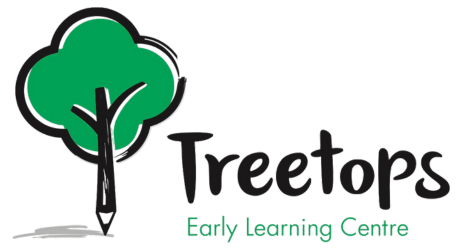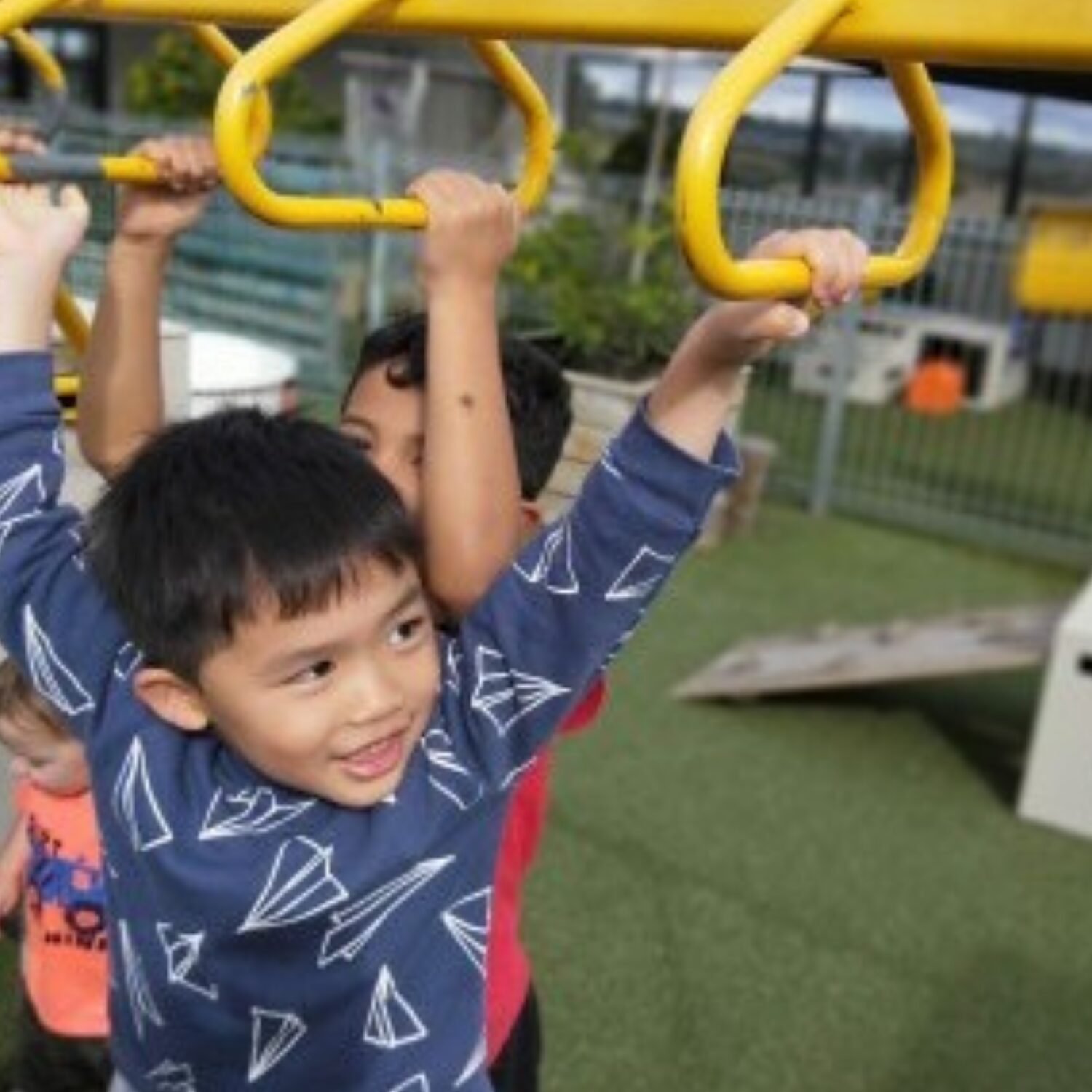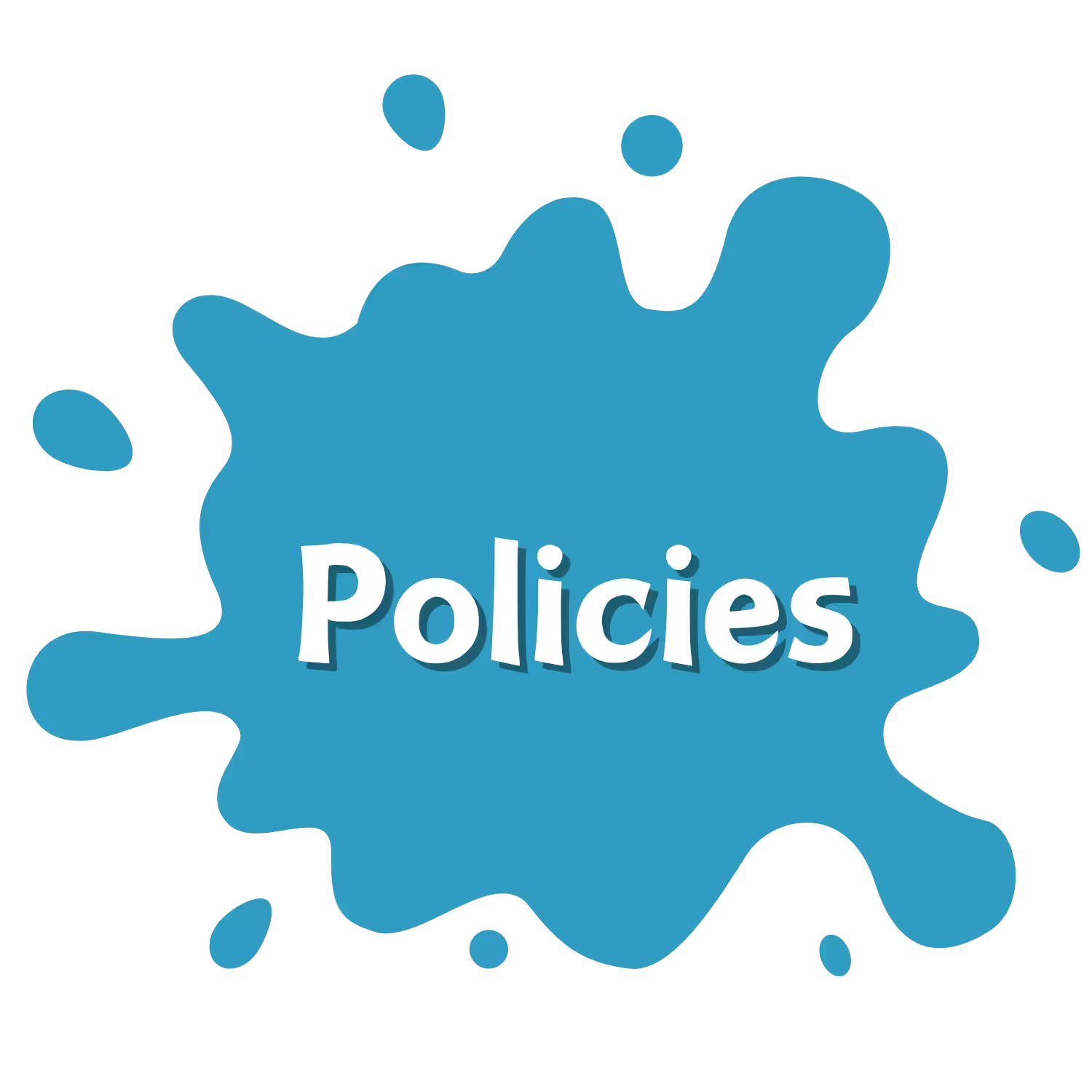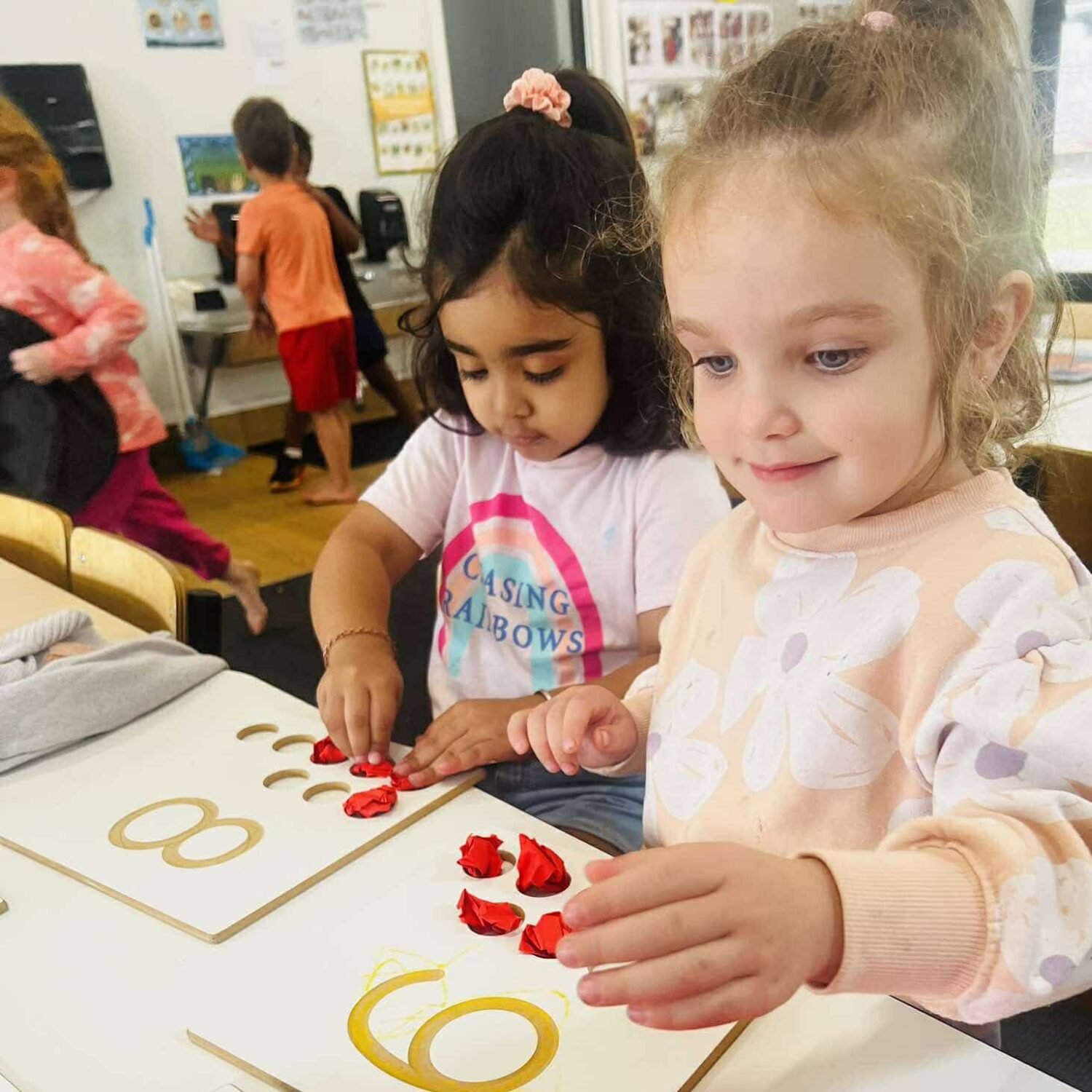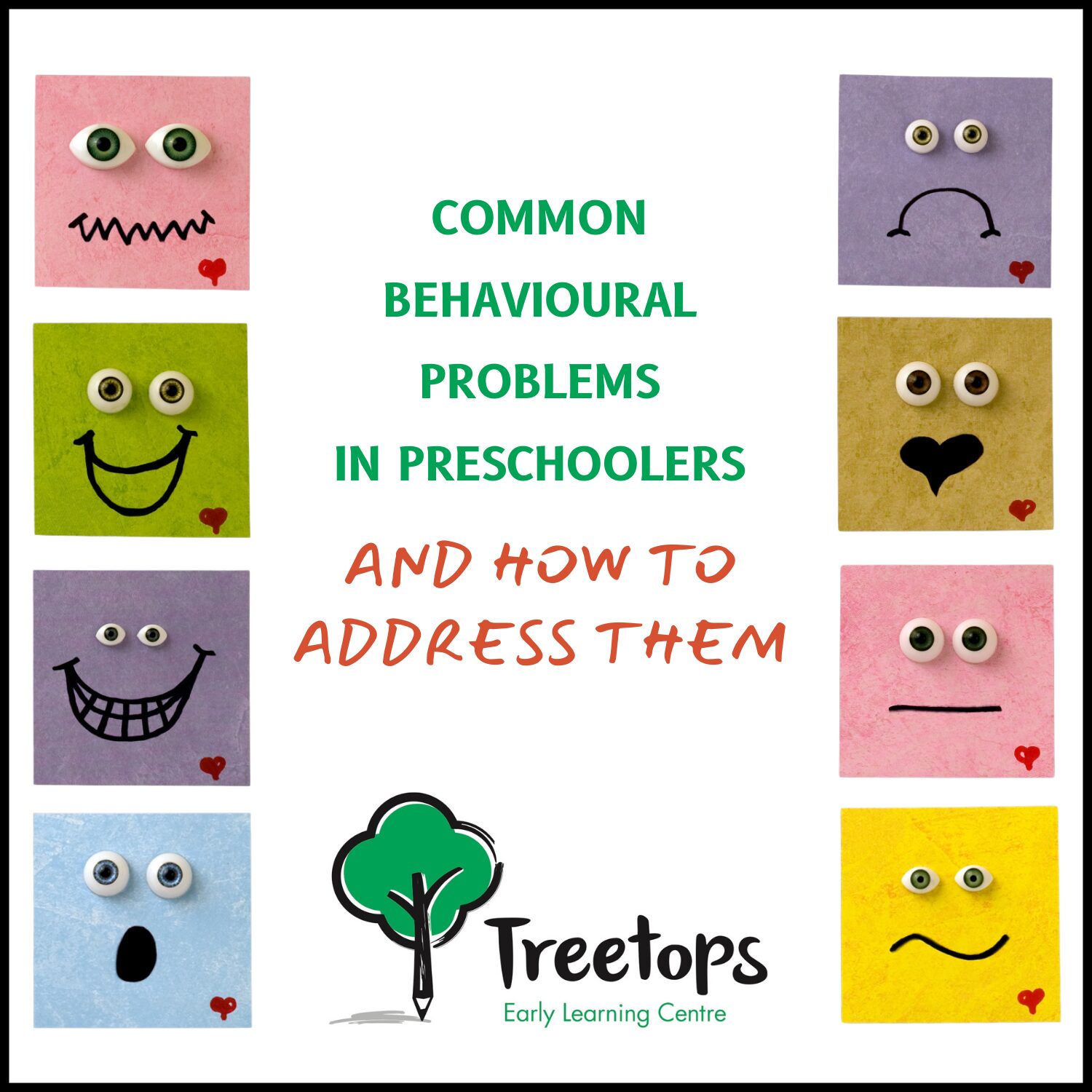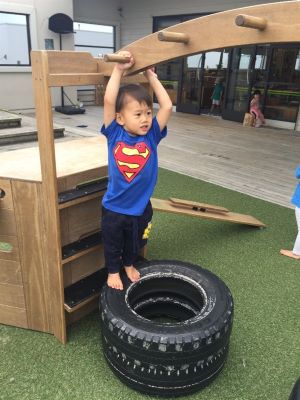
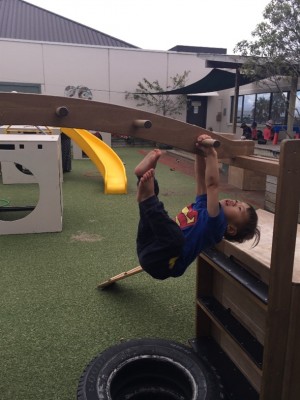
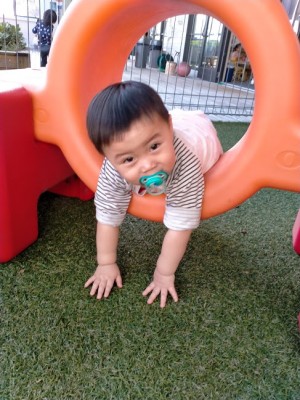
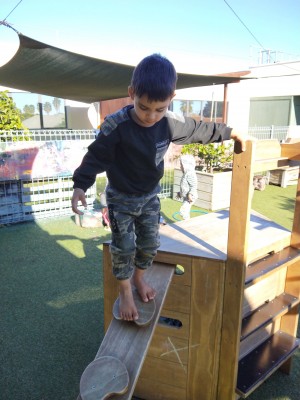
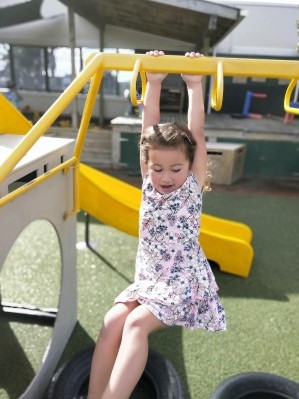
What is Risky Play?
Risky play plays a key role in children’s learning and development. However, adults often try to protect children from risks during play. While this helps keep tamariki (children) safe from dangers, it can also prevent them from learning how to assess and manage risks in a safe, supported environment.
For children, risky play isn’t something separate—it’s just play. It’s a chance to challenge themselves and test their abilities. Adults often see risk-taking as negative, associating it with danger (Little & Wyver, 2008). But as Little and Wyver explain, a hazard is something the child cannot see, while risk involves the child’s uncertainty about achieving a goal.
In risky play, adults can identify and remove hazards while giving children the freedom to choose whether to take risks. Though adults may see risky play as unsafe, we shouldn’t overlook the valuable learning it offers. How can children learn to navigate risk if they don’t have the chance to experience it?
Why Risky Play is Important for Children
Risky play includes thrilling, exciting, and physically challenging activities like climbing, jumping, balancing, rough-and-tumble play, and even hiding (The Education Hub, 2019). According to Sandseter (2007), there are six types of risky play:
Play involving heights (risk of falling)
Play involving speed (risk of collision)
Play with dangerous tools (risk of injury)
Play near dangerous elements (like water or cliffs)
Rough-and-tumble play (risk of hurting each other)
Play where children hide or are out of sight from adults
Each of these types of play offers children a chance to experience excitement, challenge, and physical exertion. While some adults may see it as dangerous, these experiences attract children and help them grow. Teachers play a key role in ensuring the environment is safe, removing hazards, and guiding children to assess risks before taking them (Little & Wyver, 2008).
Good teacher-to-child ratios are essential for safety and learning, which is why at Treetops, we have better-than-required ratios at our three preschool centres in Botany and Pukekohe. Our preschools provide the perfect environment for children to engage in risky play safely.
Risky Play for All Ages
Older children engage in risky play through activities like climbing playground structures, crossing monkey bars, or balancing on bridges. But younger children also participate in risky play—toddlers can balance on boards, cross small bridges, and test their bodies in various ways. This kind of play supports cognitive, emotional, social, and physical development, as well as independence and confidence (Little & Wyver, 2008). Most importantly, risky play helps children learn how to assess and manage risks, skills they will use in the future.
At our preschools, we ensure that children of all ages have access to age-appropriate risky play opportunities that challenge their abilities while building their confidence.
Te Whāriki and Risky Play
Our Early Childhood curriculum, Te Whāriki (Ministry of Education, 2017), stresses the importance of children taking risks and learning how to keep themselves safe. Kaiako (teachers) play a crucial role by providing opportunities for children to take risks in a supportive environment and guiding them through meaningful conversations about risk-taking. Te Whāriki recognises the competence and confidence of young children and encourages teachers to let them show what they are capable of—risky play is an excellent way for children to do this.
So, next time you see your child balancing on a bridge, swinging on monkey bars, or jumping from the playground, stay nearby, assess the hazards, talk to your child about the risks, and let them decide when it’s safe to take the leap. You might be surprised at how much they already know about keeping themselves safe and what they can achieve!
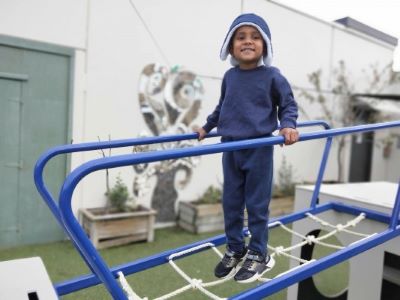
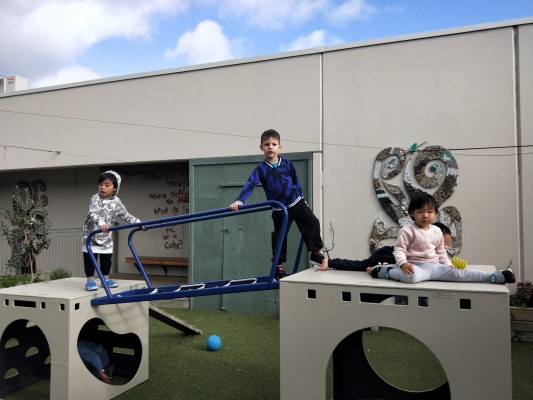
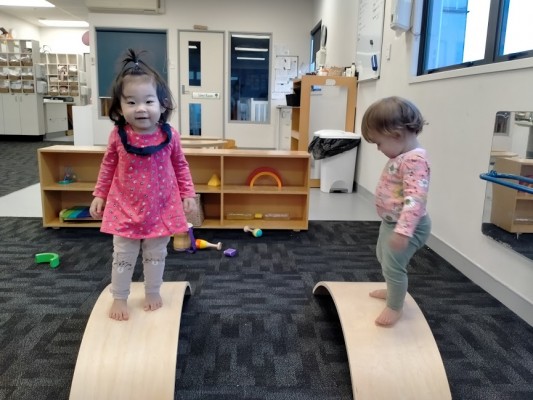
Would you to like to dive deeper into risky play for your preschooler? Visit The Education Hub and learn more.
References:
- Little, H., & Wyver, S. (2008). Outdoor play: Does avoiding the risks reduce the benefits? Australasian Journal of Early Childhood, 33(2), 33-40.
- Ministry of Education. (2017). Te whāriki: He whāriki mātauranga mō ngā mokopuna o Aotearoa: Early childhood curriculum.
- Sandseter, E. B. H. (2007). Categorising risky play—how can we identify risk‐taking in children’s play? European Early Childhood Education Research Journal, 15(2), 237-252.
- The Education Hub (2019). Promoting children’s risky play in outdoor learning environments.
